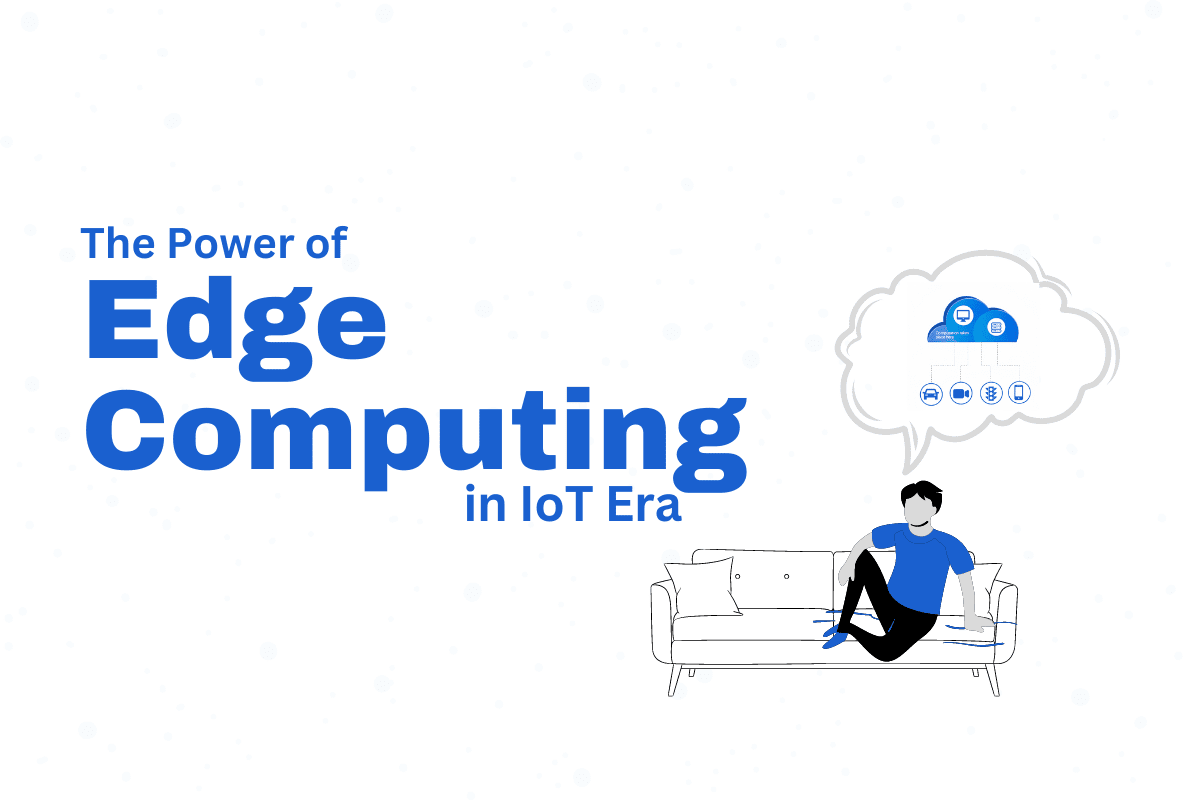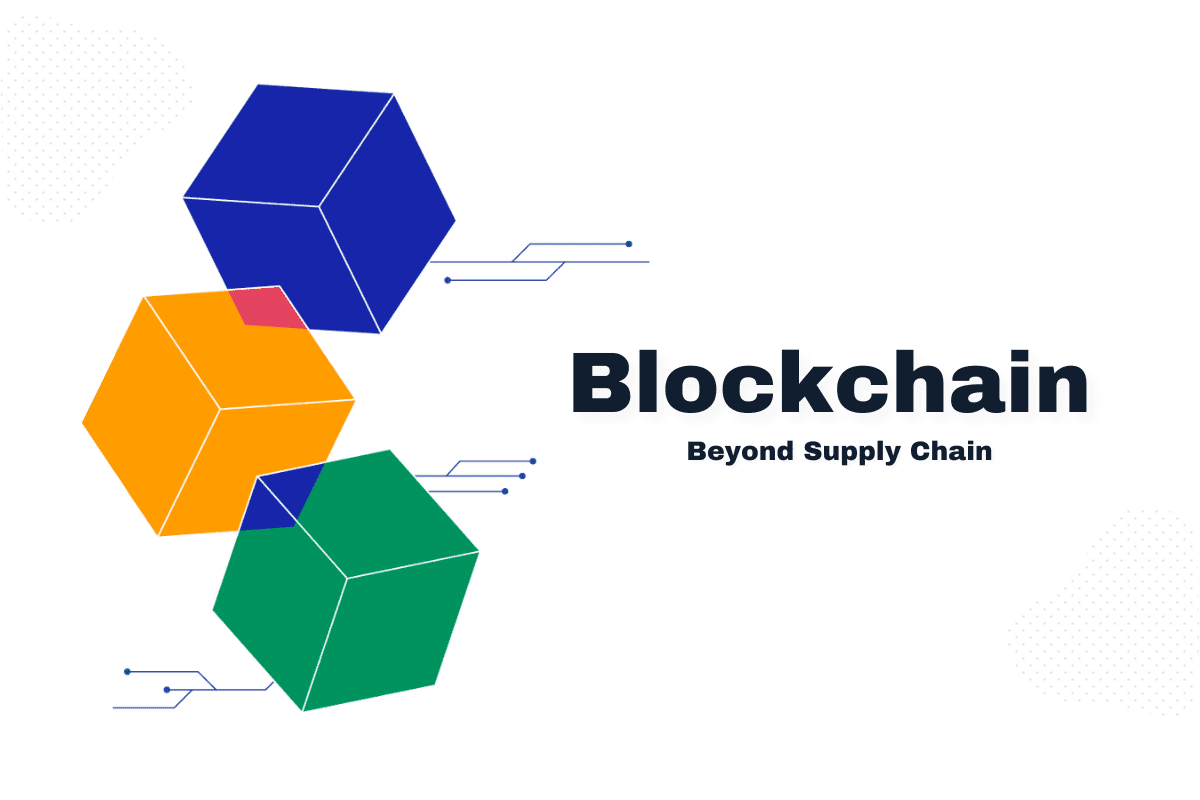The Power of Edge Computing in the IoT Era
Introduction: In today’s fast-paced technological landscape, businesses are constantly seeking innovative solutions to streamline operations, boost efficiency, and deliver seamless customer experiences. With the emergence of the Internet of Things (IoT), a groundbreaking paradigm known as edge computing has taken center stage, promising to transform how businesses process and analyze data. This article delves into the unparalleled rise of edge computing and its profound impact on modern business operations.
I. Decoding the Essence of Edge Computing
A. Unveiling the Concept
Edge computing signifies a decentralized computing infrastructure that relocates computational capabilities closer to the data source. This proximity facilitates real-time data processing and analysis at the edge of the network, unlocking new possibilities for businesses.
B. Components that Drive the Edge
- Empowering Edge Devices and Sensors
- Nurturing Edge Data Centers
- Enabling Edge Computing Software and Middleware
II. The Imperative Need for Edge Computing in the IoT Era
A. Navigating Data Deluge
With the IoT ecosystem expanding exponentially, businesses are confronted with the formidable challenge of managing and processing vast volumes of data generated by interconnected devices. Edge computing emerges as the potent solution, enabling efficient data processing and alleviating strain on centralized cloud infrastructure.
B. Real-Time Empowerment
In time-critical applications like autonomous vehicles, industrial automation, and healthcare, immediate data analysis and instantaneous decision-making are pivotal. Edge computing empowers businesses with real-time insights and rapid response rates, fueling operational efficiency and enabling agile capitalization of opportunities.
III. Unveiling the Remarkable Benefits of Edge Computing for Business Operations
A. Embracing the Power of Reduced Latency
By processing data locally at the edge, edge computing effectively minimizes latency associated with transmitting data back and forth to the cloud. This proves especially advantageous in low-latency critical applications like video streaming, online gaming, and real-time analytics.
B. Fortifying Data Privacy and Security
Edge computing addresses concerns surrounding data privacy and security by keeping sensitive data within the local network, mitigating the risk of unauthorized access and data breaches. This becomes particularly crucial for industries such as finance, healthcare, and manufacturing.
C. Optimizing Bandwidth for Unleashing Efficiency
Edge computing assists in mitigating network congestion and optimizing bandwidth usage by performing data processing and analysis at the edge. This, in turn, reduces the necessity to transmit substantial data volumes to the cloud, resulting in significant cost savings and enhanced network efficiency.
IV. Diverse Industries Embracing the Edge Computing Revolution
A. Manufacturing and Industrial Automation
Edge computing empowers manufacturing companies to seamlessly acquire real-time data from sensors and machinery, enabling predictive maintenance, quality control, and optimized production processes.
B. Revolutionizing Healthcare
In the healthcare sector, edge computing unleashes the potential for remote patient monitoring, real-time analysis of medical data, and prompt delivery of personalized treatments. It revolutionizes patient care, reduces response times, and expedites crucial medical interventions.
C. Transportation and Logistics Advancements
The transportation and logistics sector stands to gain immense advantages from edge computing, ranging from improved fleet management and route optimization to real-time tracking of goods. It streamlines supply chain operations, minimizes delivery delays, and amplifies customer satisfaction.
V. Overcoming Challenges and Pioneering Future Implications
A. Paving the Way for Standardization and Interoperability
To fully unlock the potential of edge computing, there is a pressing need to establish industry-wide standards and interoperability frameworks. These frameworks foster seamless integration and compatibility across diverse edge devices and platforms.
B. Embracing the Synergy of Edge and Cloud
Future advancements will entail synergizing edge computing with cloud services, creating a powerful hybrid model that optimizes data processing, storage, and analytics. This dynamic integration paves the way for unprecedented opportunities and innovations.
C. Edge Computing: The Catalyst for Innovation
In an era of unprecedented connectivity, edge computing emerges as the catalyst that revolutionizes business operations across a plethora of industries. Its real-time data processing, reduced latency, enhanced security, and optimized bandwidth utilization make it an indispensable enabler for the IoT era.
Conclusion: The ascendancy of edge computing signifies a groundbreaking shift in how businesses process and analyze data. By bringing computational capabilities closer to the data source, edge computing empowers real-time decision-making, diminishes latency, fortifies data security, and drives operational excellence. As industries wholeheartedly embrace the transformative potential of the Internet of Things, the remarkable rise of edge computing promises a future characterized by unparalleled connectivity and untapped opportunities.
Read more: Blockchain Beyond Supply Chain




